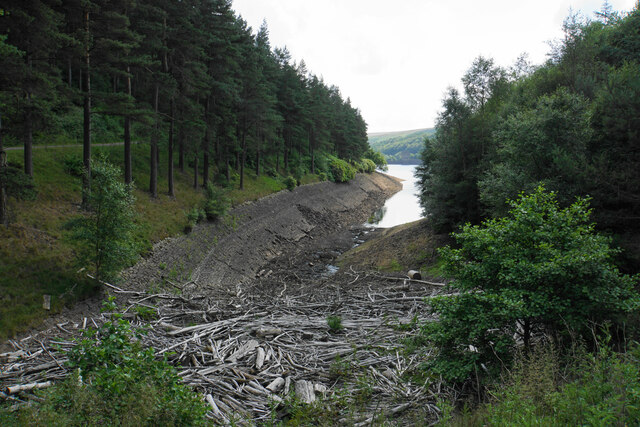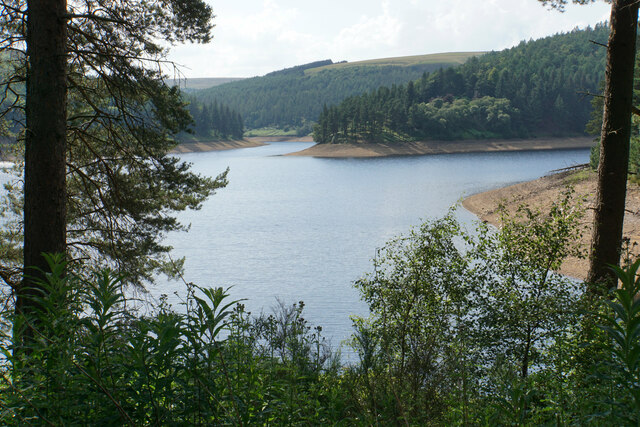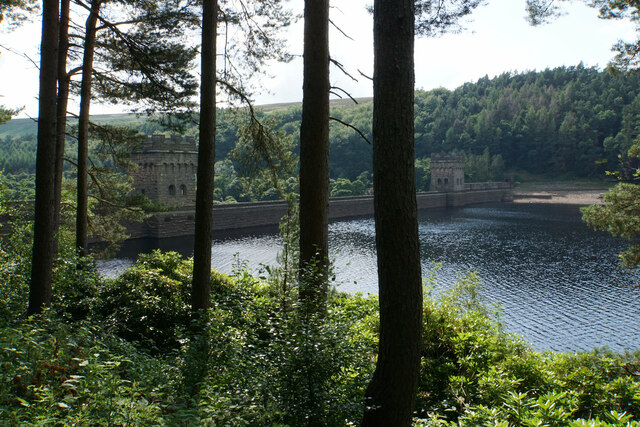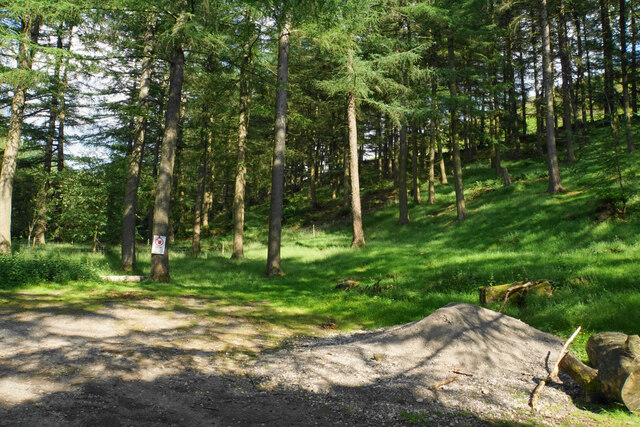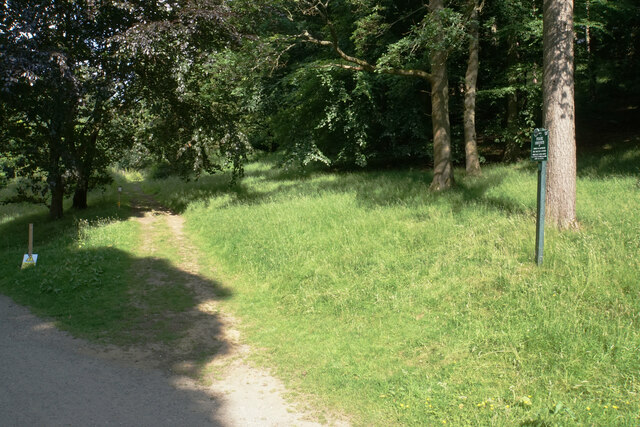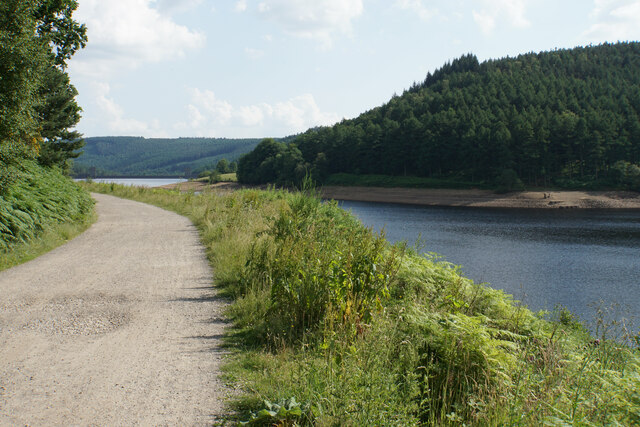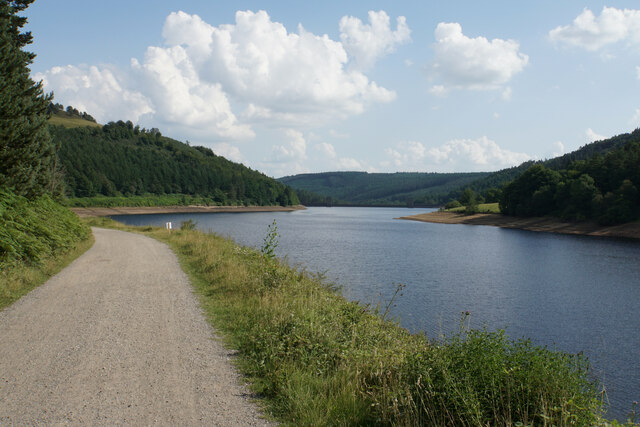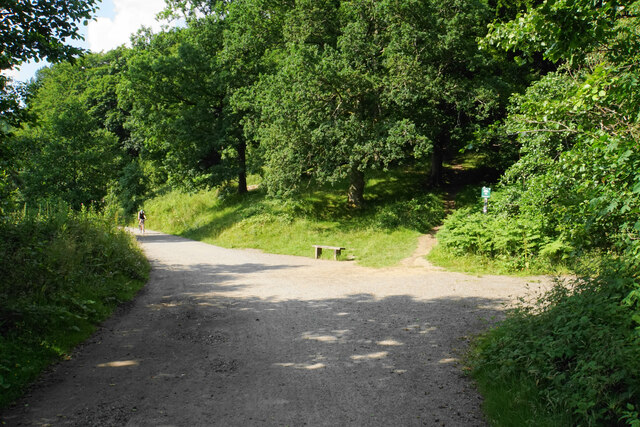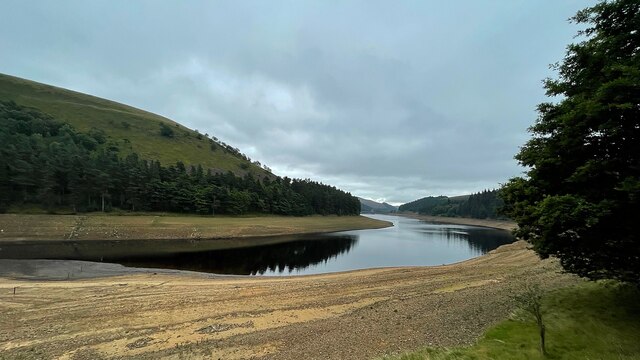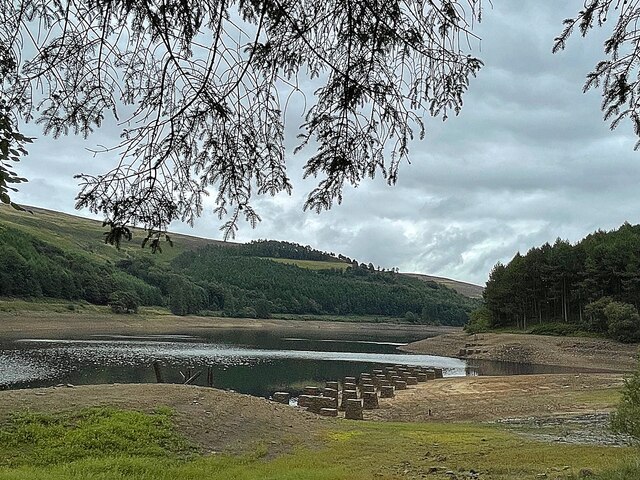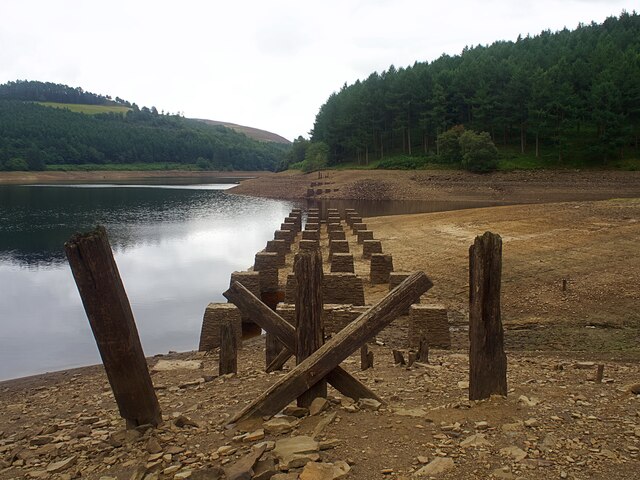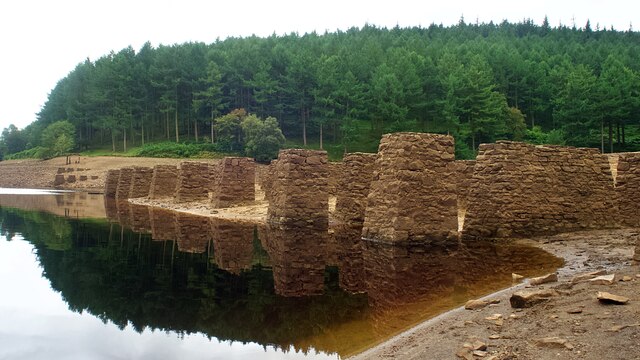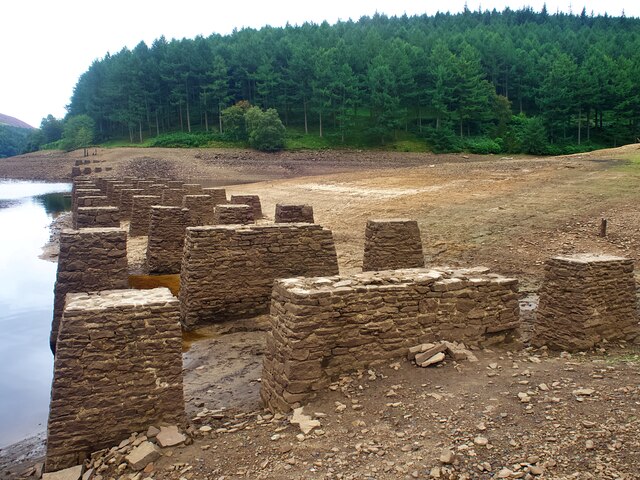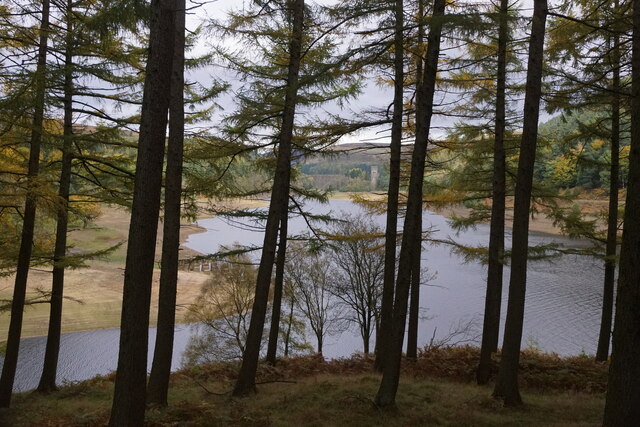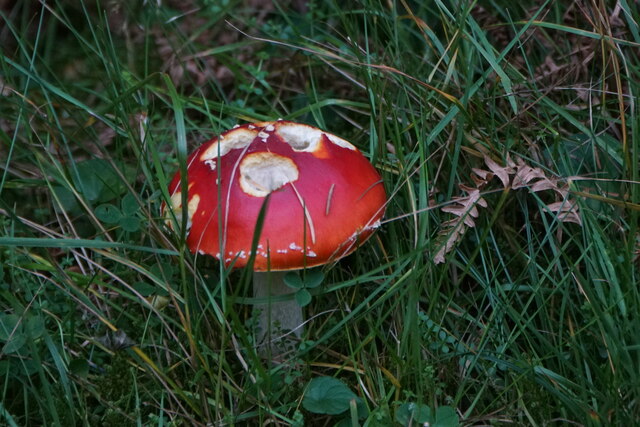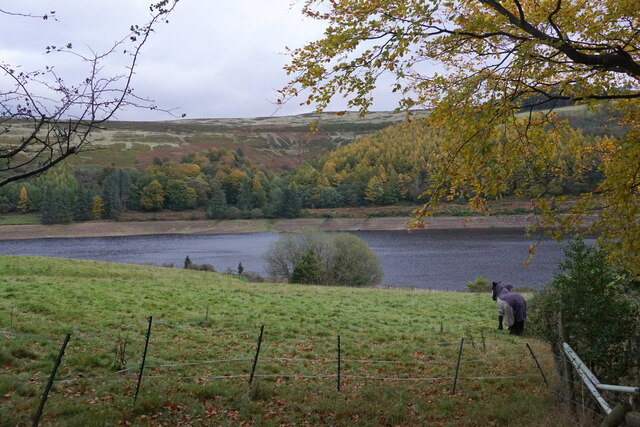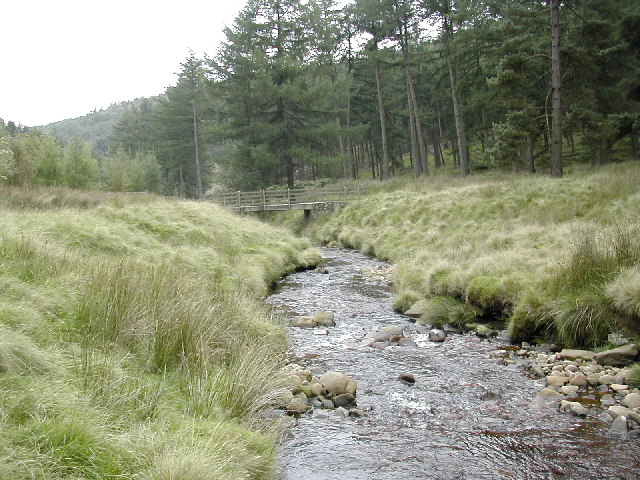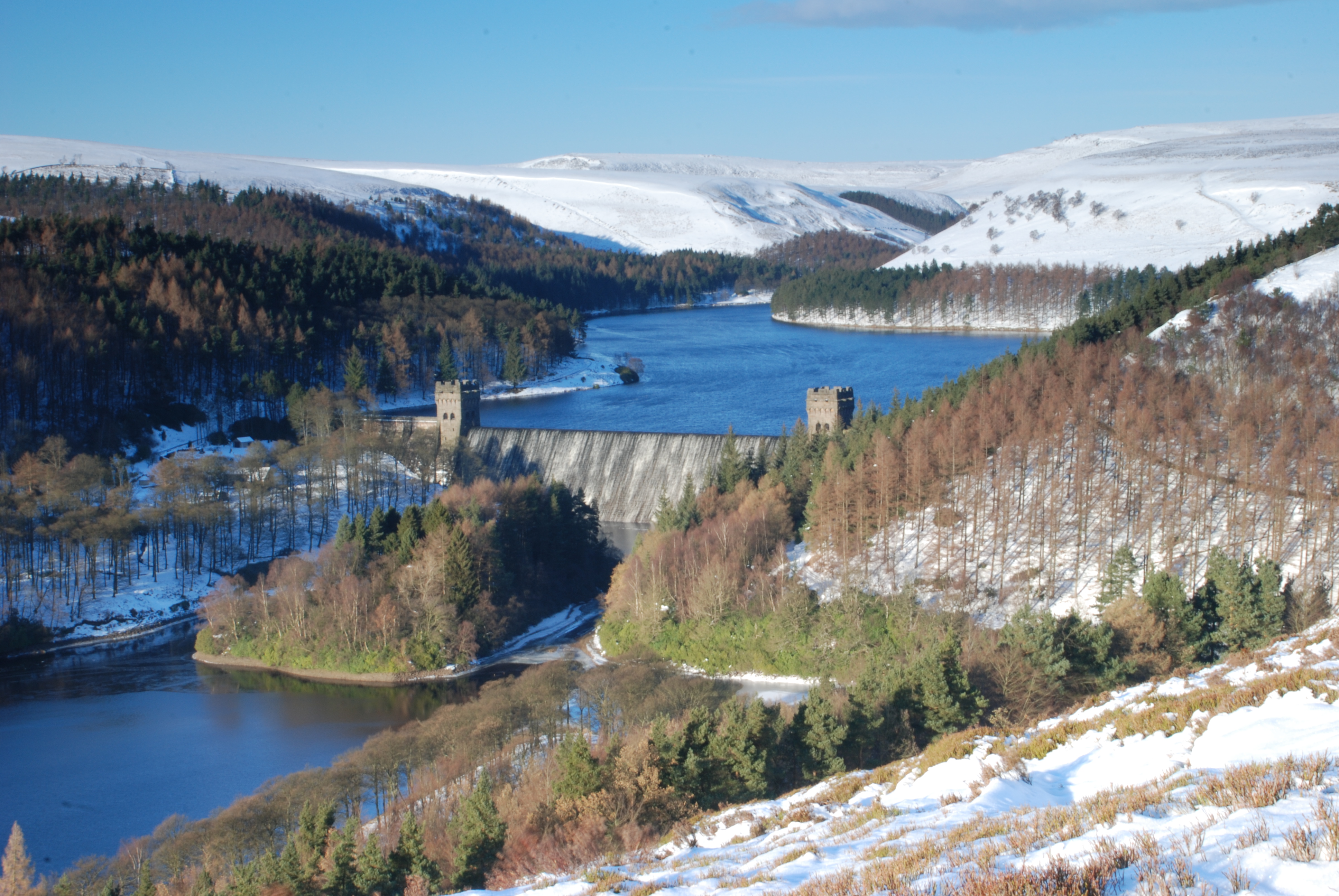Bank Clough
Valley in Derbyshire High Peak
England
Bank Clough
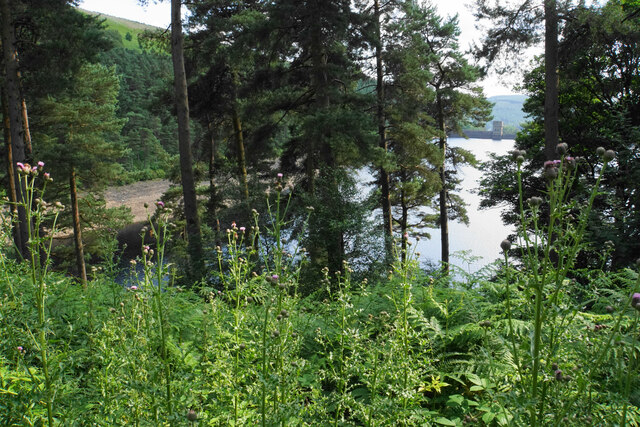
Bank Clough is a picturesque valley located in the district of Derbyshire, England. Situated in the heart of the Peak District National Park, this idyllic area offers stunning natural beauty and a tranquil escape from the bustling city life.
The valley is characterized by its rolling hills, lush greenery, and a meandering river that flows through its center. Visitors are greeted with breathtaking views of the surrounding countryside, with the iconic Peak District limestone cliffs adding to the area's charm.
Bank Clough is a popular destination among outdoor enthusiasts, offering a range of activities such as hiking, cycling, and fishing. The valley is intersected by numerous footpaths and trails, providing opportunities for both leisurely walks and more challenging hikes. Wildlife enthusiasts will also find plenty to explore, as the valley is home to a diverse range of flora and fauna.
The area surrounding Bank Clough is scattered with charming villages and traditional country pubs, where visitors can indulge in local cuisine and experience the warm hospitality of the Derbyshire locals. The nearby town of Buxton offers further amenities and attractions, including historical landmarks, cultural events, and shopping opportunities.
Bank Clough, Derbyshire is a hidden gem within the Peak District National Park, offering a peaceful retreat for nature lovers and outdoor adventurers alike. Its natural beauty, coupled with its convenient location and nearby amenities, make it an ideal destination for those seeking a rejuvenating break amidst the stunning English countryside.
If you have any feedback on the listing, please let us know in the comments section below.
Bank Clough Images
Images are sourced within 2km of 53.424381/-1.7546877 or Grid Reference SK1691. Thanks to Geograph Open Source API. All images are credited.
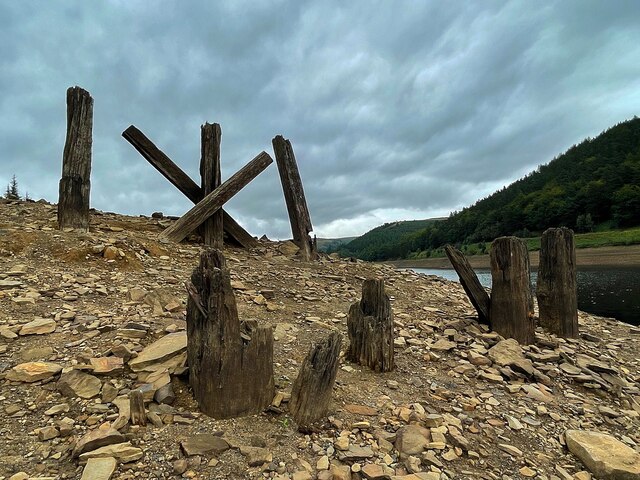
Bank Clough is located at Grid Ref: SK1691 (Lat: 53.424381, Lng: -1.7546877)
Administrative County: Derbyshire
District: High Peak
Police Authority: Derbyshire
What 3 Words
///glimmers.defeated.crisper. Near Hope Valley, Derbyshire
Nearby Locations
Related Wikis
River Westend
The River Westend flows through the Dark Peak of the Derbyshire Peak District in England. Its source is at Bleaklow Stones on Bleaklow, from where it...
Howden Reservoir
The Howden Reservoir is a Y-shaped reservoir, the uppermost of the three in the Upper Derwent Valley, England. The western half of the reservoir lies in...
Derwent Reservoir (Derbyshire)
Derwent Reservoir is the middle of three reservoirs in the Upper Derwent Valley in the north of Derbyshire, England. It lies approximately 10 mi (16 km...
Alport Castles
The Alport Castles are a landslip feature in the Peak District National Park in Derbyshire. At over half a mile long, it is thought to be the largest landslide...
Lost Lad
Lost Lad is a hill, 518 metres (1,699 ft) high on the Derwent Edge in the Peak District in the county of Derbyshire in England. It is a subpeak of Back...
Howden Edge
Howden Edge (grid reference SK187943) is a peak in the north-east of the Upper Derwent Valley area of the Peak District National Park in England. At 545...
River Alport
The River Alport flows for 5.6 miles (9 km) in the Dark Peak of the Peak District in Derbyshire, England. Its source is on Bleaklow, 3 miles (4.8 km)...
High Stones
High Stones, at 548 metres (1,798 ft), is the highest point within the boundaries of both the City of Sheffield and South Yorkshire, England.High Stones...
Nearby Amenities
Located within 500m of 53.424381,-1.7546877Have you been to Bank Clough?
Leave your review of Bank Clough below (or comments, questions and feedback).
